How Often to Change Cat Litter: 5 Essential Rules Every Owner Must Know
As a cat owner, you know how vital a clean environment is for your pet. A dirty litter box can stress both you and your beloved pet. Keeping it clean is essential for your cat’s health and your peace of mind.
Learning how often to change cat litter while establishing a care routine creates a harmonious household. By following a few simple rules, you can keep your cat’s litter box clean and odor-free. In this article, we will explore the 5 essential rules every cat owner must know to keep their cat healthy and happy.
Table of Contents
The Importance of Proper Litter Box Maintenance
A clean litter box is key for your cat’s health and your home’s cleanliness. Keeping the litter box clean is vital to avoid health problems and keep your home tidy.
Health Benefits for Your Cat
Keeping the litter box clean lowers the chance of urinary tract infections and other health issues in cats. Cats are very clean animals, and a dirty litter box can stress them out. By cleaning and changing the litter regularly, you help keep your cat healthy and happy.
Health Benefits for Your Household
A clean litter box also helps your home by reducing bad smells and keeping it clean. Regular cleaning of the litter box stops bacteria and odors from spreading. This makes your home healthier for you and your pet. It’s important for a clean and cozy living space.
Understanding Different Types of Cat Litter
Knowing about the different cat litters is key to a clean litter box. With many options, picking the right one is important for your cat’s health and your cleaning routine.
Cat litter comes in many forms, each for different needs and likes. Cat litter varieties include clumping, non-clumping, clay-based, crystal, and natural options. Each type affects how often to change cat litter and how well it controls smells and moisture.
Clumping vs. Non-Clumping Litter
Clumping litter forms solid clusters when moistened, simplifying the cleaning process. It’s popular for being convenient and controlling smells well. Non-clumping litter, on the other hand, needs more frequent changes because waste spreads out.
Clay vs. Crystal vs. Natural Litters
Clay-based litter remains popular due to its absorption properties and clumping capabilities. Crystal litter, made from silica gel, absorbs a lot and keeps smells down. Organic litter options such as pine, corn, or recycled paper offer environmental benefits while providing different levels of absorption and odor management.
How Litter Type Affects Changing Frequency
The litter you pick determines how often to change cat litter for optimal cleanliness. For example, clumping clay litter might need changing less than non-clumping litter. Knowing this helps keep your cat’s litter box clean and healthy.
Rule #1: How Often to Change Cat Litter Based on Litter Type
Maintaining a spotless litter box requires understanding how often to change cat litter according to the specific type you use. Each litter type has its own needs for how often it should be changed. Whether you use clumping, non-clumping, or a special litter, understanding these needs is vital for your cat’s health.
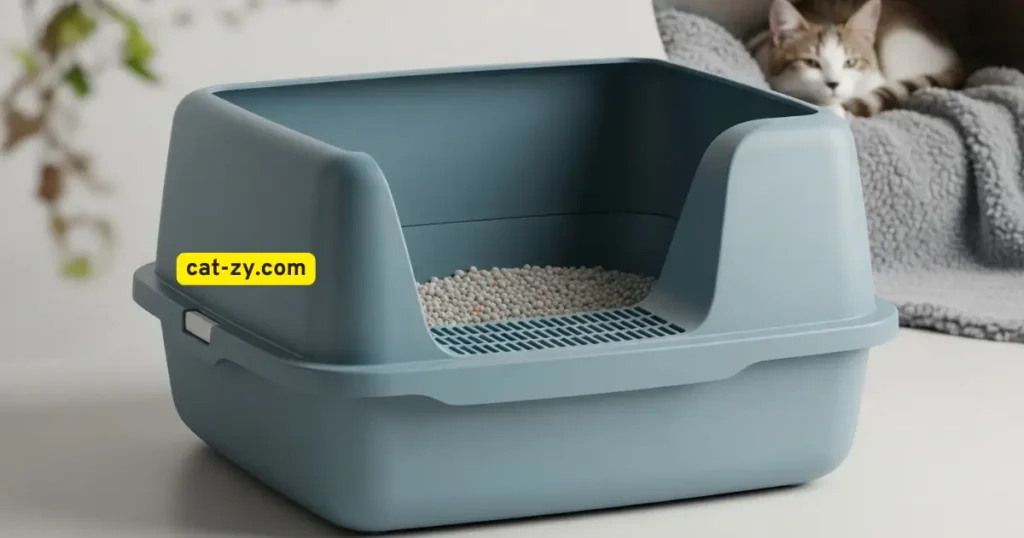
Clumping Litter Change Schedule
Clumping litter is loved for its ability to clump when your cat urinates. This makes it easy to scoop out solid waste. Daily scooping is advised to remove clumps and stop odors. But, you should change the litter completely every 7-10 days, depending on use and cat numbers.
Daily Maintenance vs. Full Changes
Daily scooping removes solid waste and clumps. But a full change means replacing the litter entirely. For Clumping litter, daily scooping is key. Also, watch the litter’s condition and change it when it stops clumping or gets too dirty.
Non-Clumping Litter Change Schedule
Non-clumping varieties, including silica gel and recycled paper, absorb urine without forming clusters. These types require more frequent replacement, typically every 5-7 days. This is because it absorbs a lot of moisture and odors. Regular changes keep the litter box clean and odor-free.
Specialized Litter Considerations
Some cat litters are natural or biodegradable, with different needs. For example, natural litters might not control odors as well as clay litters. So, they need more frequent changes. Always follow the manufacturer’s guidelines for your litter. Adjust based on your cat’s habits and preferences.
Rule #2: Adjust Frequency Based on Number of Cats
Knowing how often to change cat litter is key for a clean, healthy home. Additional cats in your household increase the frequency of required litter replacements. This keeps odors down and your cats healthy.
Single-Cat Households
Households with one cat can maintain longer intervals between complete litter replacements. Changing every 7-10 days is usually enough. However, daily scooping remains essential for maintaining litter box cleanliness.
Multi-Cat Households
More cats mean more litter box use. This leads to waste buildup faster. Change litter every 5-7 days to keep odors and bacteria at bay. Maintain daily scooping habits, increasing frequency when managing multiple cats.
The “One Box Per Cat Plus One” Rule
Following the “one box per cat plus one” guideline determines the appropriate number of litter boxes for your household. For two cats, you should have three boxes. This rule spreads waste evenly, making cleaning easier and preventing fights.
Adjusting litter changes based on cat numbers and following the “one box per cat plus one” rule keeps your home clean and healthy for your cats.
Rule #3: Consider Your Cat’s Health and Age
Changing cat litter is not a one-size-fits-all task. It depends on your cat’s health and age. Your cat’s litter box requirements evolve throughout different life stages. Factors like their life stage and health conditions are key in deciding how often to change litter.
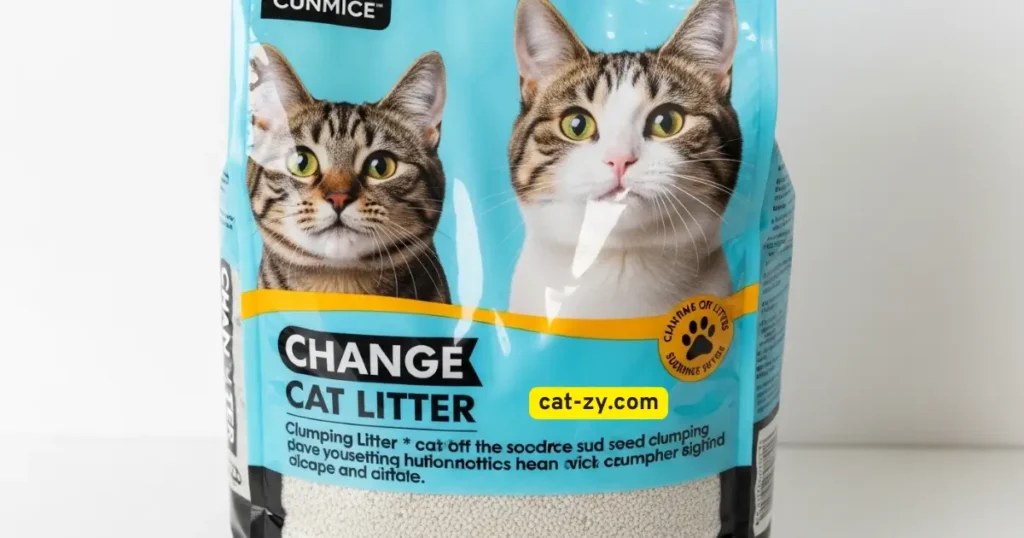
Kittens vs. Adult Cats
Kittens and adult cats have different needs. Young cats tend to have more accidents and require frequent litter box visits. You should change their litter every few days. Mature cats maintain consistent habits while requiring litter replacement every 7-10 days.
Senior Cats’ Special Needs
Senior cats face health declines that affect their litter box use. They may have accidents or avoid the litter box. Change their litter every 5-7 days to meet their needs. Senior cats also benefit from softer litter and easier-to-digest litter if they ingest it.
Medical Conditions That Require More Frequent Changes
Certain medical conditions can affect your cat’s litter box use. Cats with urinary tract or digestive problems may need their litter changed more often. This helps prevent health issues.
Urinary Tract Issues
Cats with urinary tract problems may use the litter box more often. Change their litter every 3-5 days to prevent bacterial growth and infection.
Digestive Problems
Cats with digestive issues may have accidents or contaminate their litter box. Change their litter every 2-3 days to keep their environment clean and prevent health problems.
By considering your cat’s health and age, you can tailor your litter changing schedule. This ensures their comfort and well-being.
Rule #4: Establish a Regular Scooping Schedule
Keeping a regular scooping schedule is key for your cat’s health and your home’s cleanliness. Daily scooping prevents waste accumulation and odor development. Such practices create a more pleasant environment for both you and your feline companion.
Daily scooping does more than just get rid of solid waste. It keeps the litter box clean and prevents bacteria from growing. This is good for your cat’s health.
Daily Scooping Best Practices
To scoop effectively every day, follow some important steps. Begin by establishing a consistent daily schedule for litter box scooping. This creates a routine and keeps the litter box clean for your cat.
When you scoop, take out all solid waste and clumps. Clumping litter helps stop odors. Also, check the litter level and add more if needed to keep the right depth.
Tools That Make Scooping Easier
The right tools can greatly improve your scooping routine. Get a good quality litter scoop that picks up waste well without spilling litter. Some scoops have sifters for clumping litter.
Think about using odor-controlling bags or a litter disposal system. These make getting rid of waste cleaner and less smelly. They help make scooping easier and keep your home smelling better.
Rule #5: Complete Box Cleaning and Disinfection Schedule
For cat owners, the fifth rule is to clean and disinfect the litter box regularly. This keeps your cat’s environment clean, reduces smells, and stops diseases from spreading.
Monthly Deep Cleaning Protocol
Every month, you need to do a deep clean of the litter box. This removes dirt, bacteria, and smells that scooping can’t catch. Start by removing all litter and debris from the box. Then, wash it with warm, soapy water.
Rinse well to get rid of soap, and disinfect the box with a pet-safe cleaner. Let it dry completely before adding new litter.
If your litter box has parts that can be taken out, like some automated ones, clean them as the maker says. Regular deep cleaning keeps your cat healthy and makes the litter box last longer.
Safe Cleaning Products for Cats
When cleaning your cat’s litter box, use safe cleaning products that won’t hurt your cat. Stay away from harsh chemicals, bleach, or strong cleaners. They can be toxic to cats. Instead, choose pet-safe disinfectants made for use around animals.
Some good choices are Seventh Generation Disinfecting Cleaner or Nature’s Miracle Advanced Stain & Odor Eliminator. Always check the label and follow the directions. Ensure thorough rinsing and complete drying before introducing fresh litter. Using safe products and a regular cleaning schedule keeps your cat healthy and happy.
Signs It’s Time to Change Your Cat Litter Immediately
Recognizing the right time to change cat litter maintains both feline wellness and household hygiene. The litter box shows how well your cat is doing. If you ignore it, your cat might get sick. Spotting the signs of a litter change helps keep your cat happy and your home smelling good.
Odor Indicators
A strong, bad smell from the litter box means it’s time for a change. If the smell stays after you scoop, the litter is too wet. Changing the litter regularly helps keep your home smelling nice.
Visual Indicators
Dirty, clumpy, or full of waste litter is a clear sign it’s time for a new one. Also, if dust or dirt builds up around the litter box, the litter isn’t working well anymore.
Cat Behavior Changes
Changes in your cat’s behavior can also tell you it’s time for a litter change. If your cat won’t use the litter box or seems stressed, it might be because the litter is dirty. Watching for these signs helps you know when to switch the litter, keeping your cat happy and healthy.
Creating a Sustainable Cat Litter Maintenance Routine
Keeping your cat’s litter box clean is good for them and the planet. Simple changes can make a big difference. You can lessen your impact on the environment.
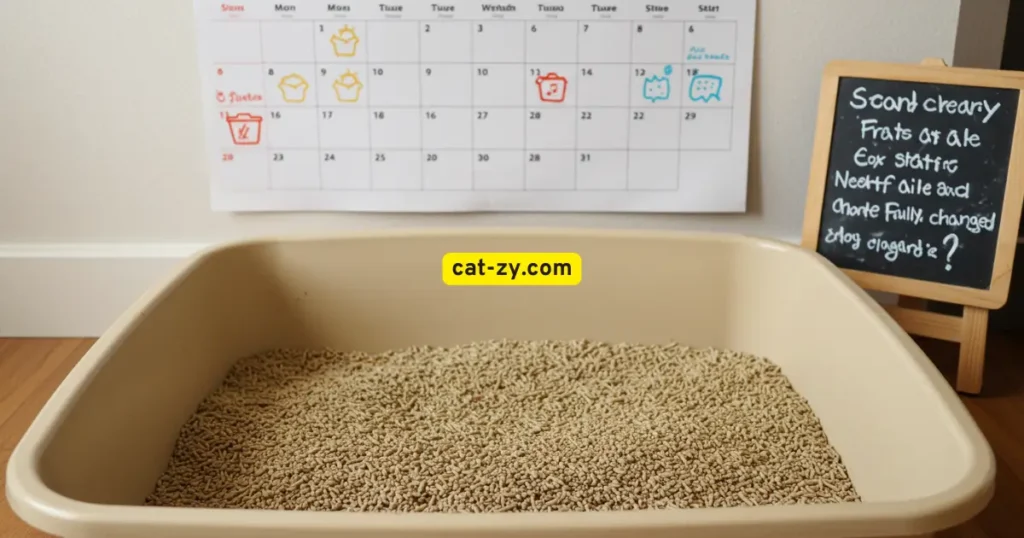
Environmental Considerations
Traditional cat litters, like clay, harm the environment. They come from mining and create a lot of waste. Choosing eco-friendly litter made from natural materials helps. These are better for the planet and your cat’s health.
Look at how the litter is made and how it’s disposed of. Some can be composted, cutting down on landfill waste. Reading labels helps you pick the right litter for your eco-friendly goals.
Eco-Friendly Disposal Methods
Proper cat litter disposal methods are crucial. Avoid flushing litter as it contaminates water systems and endangers aquatic life. Instead, compost it if you can. Check local rules for pet waste disposal.
For non-compostable litter, use biodegradable bags to cut down on plastic. Some companies have programs for recycling used litter. This is a greener way to handle it.
Conclusion
Keeping your cat’s litter clean is key to their health and happiness. By following these five rules about how often to change cat litter, you can make their living space clean and comfy.
These rules include changing litter based on its type and how often you need to do it. You should also think about your cat’s health and age. Plus, scooping regularly and deep cleaning once a month are important.
By following these easy steps, you’ll become a better cat owner. A clean litter box is essential for a happy home. This cat litter maintenance summary reminds us of the need for regular cleaning.
In conclusion, taking care of your cat’s litter box needs effort and dedication. By sticking to these tips, you’ll create a nice home for both you and your cat.
FAQ
How often should I change my cat’s litter?
Changing cat litter depends on several things. These include the litter type, how many cats you have, and your cat’s health and age. Clumping litter should be changed every 7-10 days. Non-clumping litter might need more frequent changes.
What is the best time to switch cat litter?
Switch cat litter when you notice big changes in smell, look, or your cat’s behavior. Changing the litter completely is a good idea when switching types.
How does the number of cats affect litter change frequency?
More cats mean you’ll need to change litter more often. For homes with many cats, have one litter box per cat plus one extra. This helps prevent smells and keeps your cats healthy.
Can I reuse cat litter?
No, it’s best not to reuse cat litter. It can carry bacteria and smells. Instead, throw away the used litter and add fresh litter to the box.
What are the signs that indicate it’s time to change my cat litter immediately?
Signs it’s time to change litter include strong smells, visible dirt or waste, and changes in your cat’s behavior. This includes avoiding the litter box or showing stress.
How can I maintain a sustainable cat litter maintenance routine?
For a sustainable routine, use eco-friendly litter, scoop out solid waste daily, and dispose of used litter responsibly.
What are some eco-friendly disposal methods for cat litter?
Eco-friendly ways to dispose of cat litter include composting, using biodegradable bags, or putting it in pet waste bins. Consult your regional waste management authority to determine optimal disposal practices for your location.

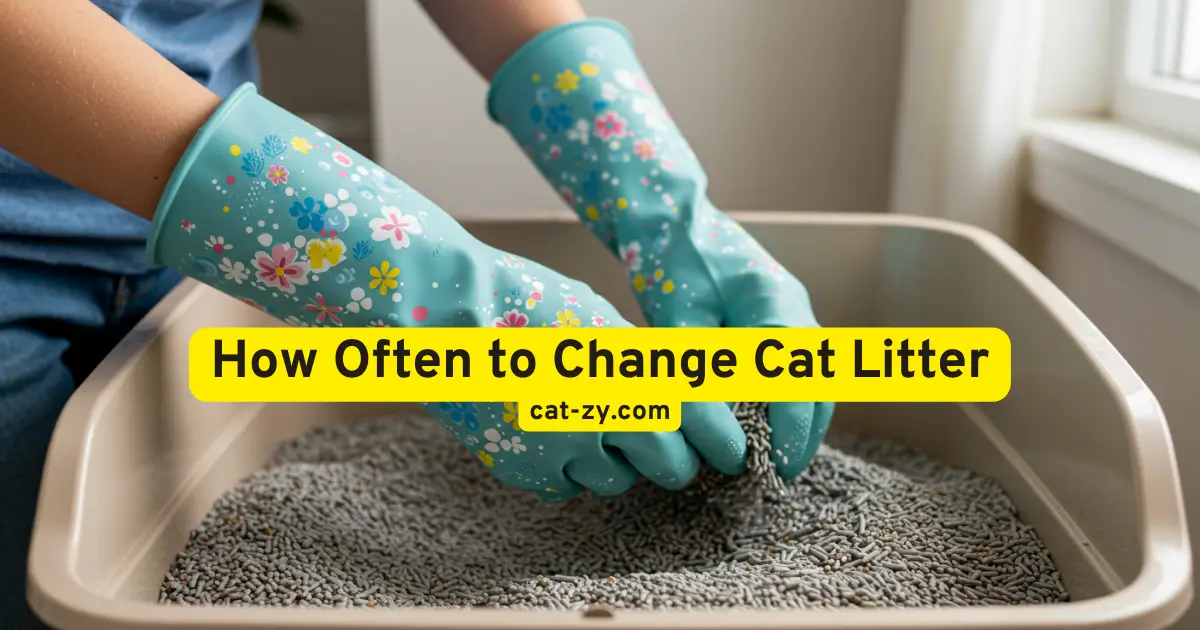
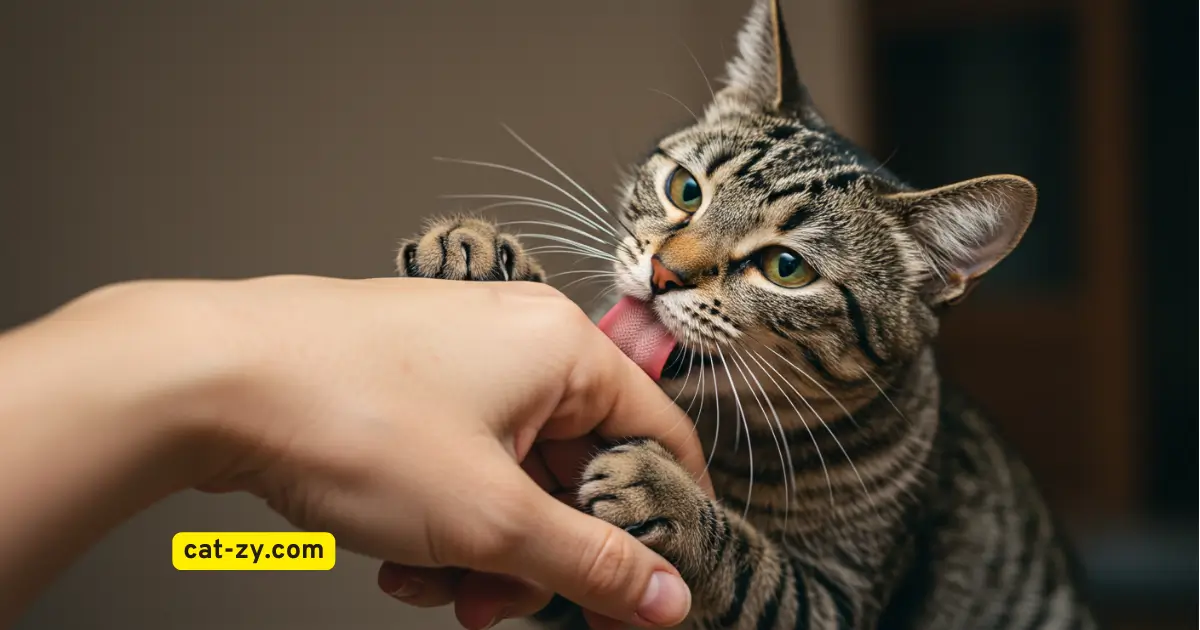

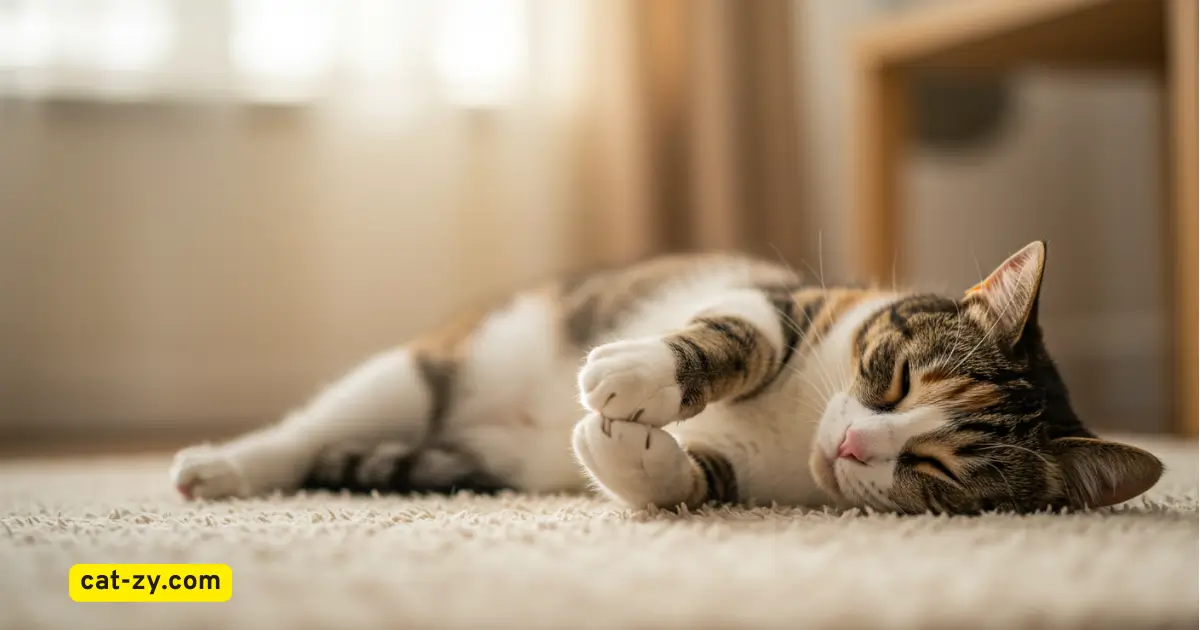
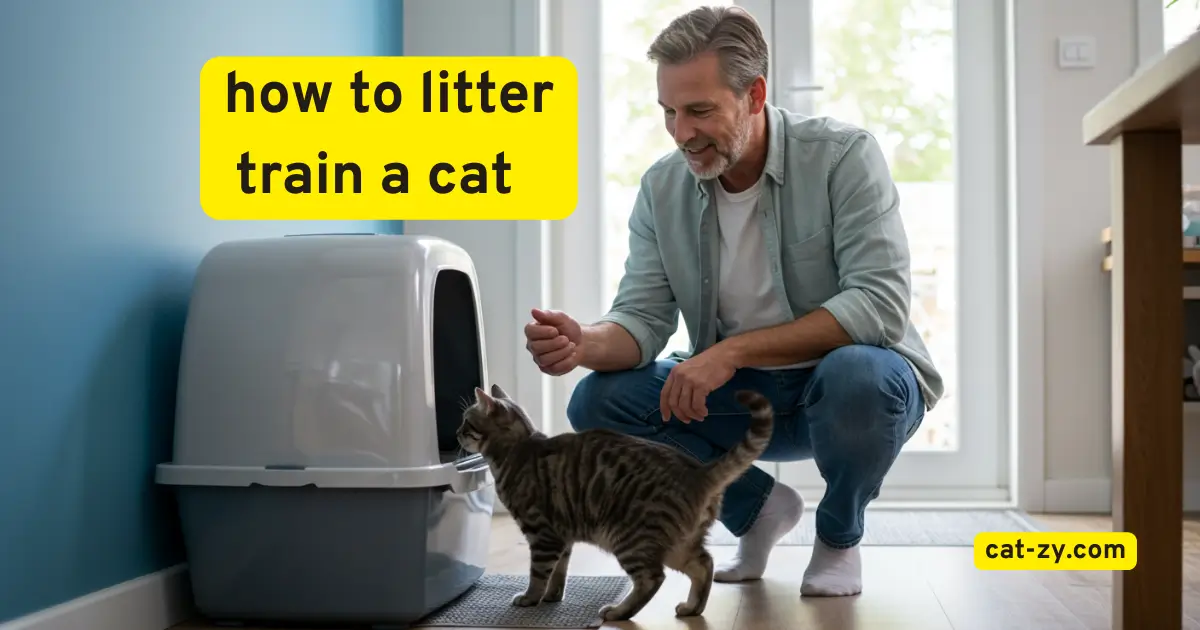


3 Comments
Comments are closed.